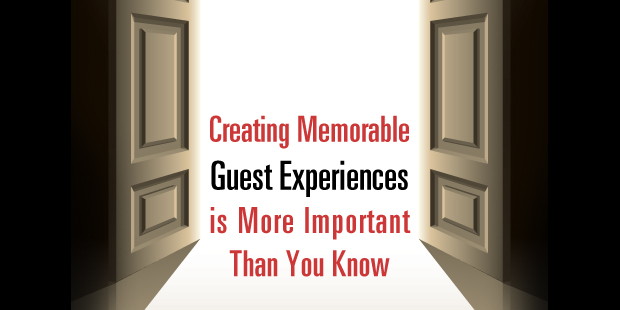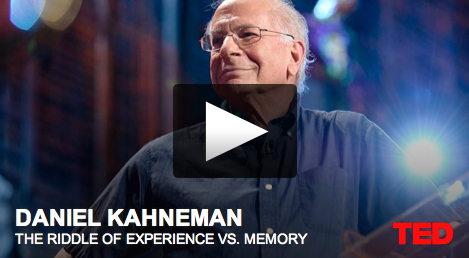
Creating Memorable Guest Experiences is More Important Than You Know
Customer service consultants frequently suggest mapping the journey and defining the touchpoints of customer-company interactions. But perhaps this map and these touchpoints miss the most important part of the journey – memory. Perhaps the memory of the experience is more important than the experience itself.
Watch Daniel Kahneman in this TED video, keeping customer experience in mind, and see how your thinking changes. Try substituting ‘customer satisfaction’ when the speaker says ‘happiness’. (Resist temptation and watch without reading ahead.)
[Vision Curator’s Note: Your Guests are your “customers,” so think “Guest satisfaction” when Dr. Kahneman says “happiness” in this video. When you do, it will be a whole new ballgame.]
Now, reflect on these questions…
- Do attempts to map the journey address the experience or the memory of the experience?
- When improving the customer experience are efforts focused on the ‘experiencing self’ or the ‘remembering self’?
- Could this effect (i.e. the difference between happiness with an experience and the memory of our happiness) explain why customers have greater loyalty to companies that make mistakes and recover versus those that have flawless execution to begin with?
- Is the meaningful part of the experience really the memory of it? Do people tweet about the experience or do they tweet about their memory of the experience?
- What makes experiences memorable?
If the ‘remembering self’ tells stories and makes decisions and if our happiness with an experience can be (and is) fundamentally different than our memories of the experience, then the pivot point is that creating memorable customer experiences is essential. We must address both the journey and the memory of the journey in our efforts. Perhaps this is what is meant by the Japanese proverb, “When you have completed 95 percent of your journey, you are only halfway there.”
Read more from Andrew here.













